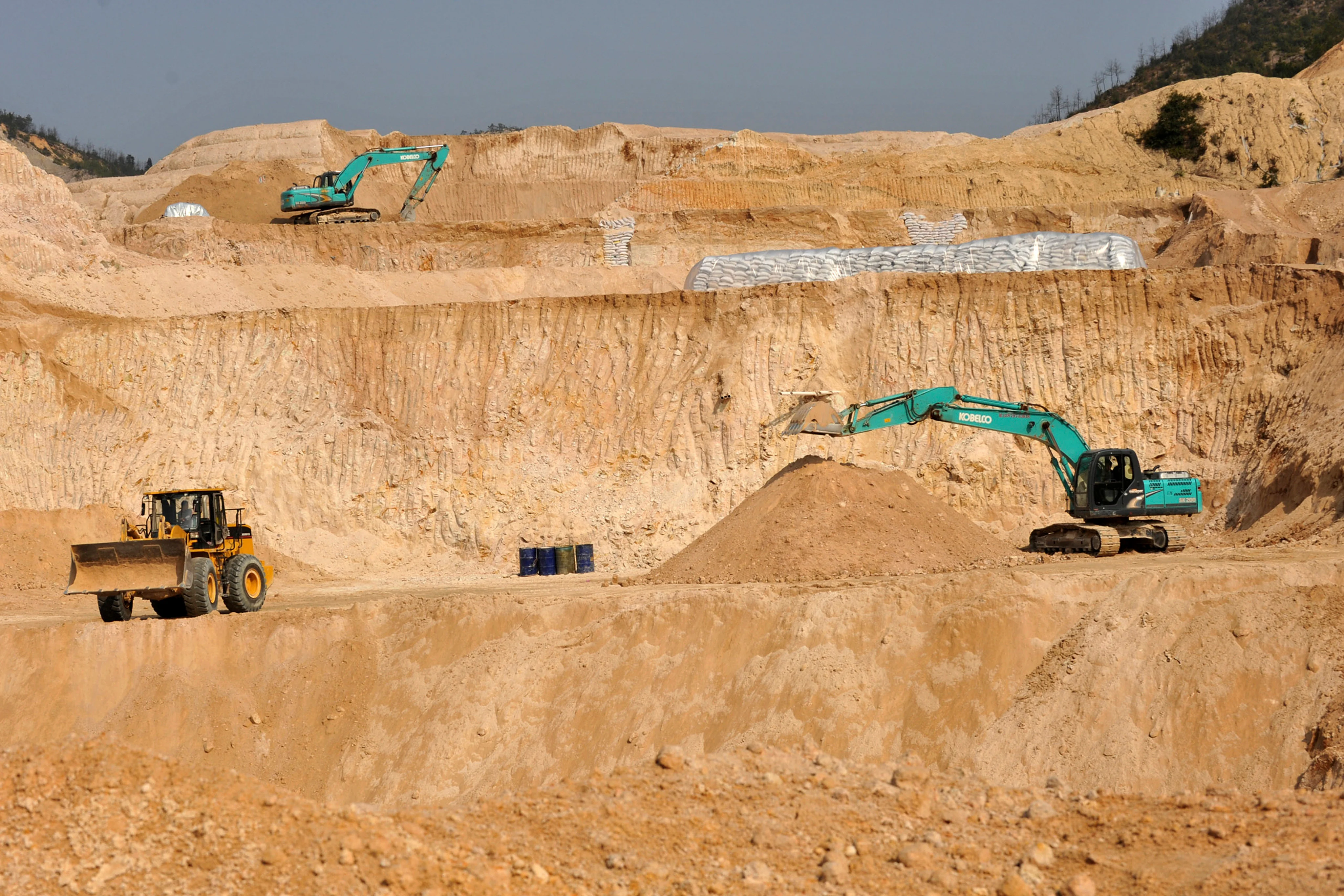By Mandy Zuo
Copyright scmp

China has invested nearly 450 billion yuan (US$63.2 billion) over the past five years in a strategic mineral-exploration initiative, achieving significant breakthroughs in oil, gas, copper, lithium and uranium.
Since 2021, Chinese geologists have mapped the reserves, distribution and utilisation of 163 mineral types, discovering more than 500 large and medium-sized oil, gas and mineral deposits, officials said at a press conference on Wednesday as the country’s 14th five-year planning period (2021-2025) nears its end.
The results came amid China’s intensified efforts to dominate critical mineral supply chains and reduce its reliance on imports, driven by supply-chain-security considerations and booming demand from new tech development amid geopolitical tensions.
“Mineral resources are a cornerstone of economic and social development … We’ve made major exploration breakthroughs, enhancing energy security and optimising resource structures,” said Xu Dachun, director of the China Geological Survey.
Discoveries include 10 large oilfields, 19 major gas fields, and significant deep coal bed methane reserves, with more than 300 billion cubic metres (10.6 trillion cubic feet) added in northern China’s Ordos Basin alone – nearly matching the prior decade’s total, he said.
These findings, primarily from deep basins and offshore waters, supported China’s stable oil production of about 200 million tonnes and natural gas output exceeding 240 billion cubic metres annually.
Uranium exploration saw breakthroughs with two super-large deposits in Gansu and Heilongjiang provinces, bolstering the country’s current five major uranium bases, Xu said.
A 2,800km (1,740-mile) “Asian Lithium Belt” spanning Sichuan, Qinghai, Tibet and Xinjiang was identified, hosting large and super-large deposits of lithium, a strategic mineral for emerging industries, he noted. The country is also strengthening its lithium resources via technological advancements that enable lithium extraction from potassium brine and low-grade mica.
And helium, a critical resource in the semiconductor and aerospace industries, can be extracted from natural gas with new technology that has helped ease China’s reliance on imports and meets core domestic demand, Xu added.
Meanwhile, offshore oil and gas have emerged as key growth drivers, with marine crude accounting for more than 70 per cent of China’s oil production increase in 2024.
As China has emphasised in recent years the importance of tapping into marine resources, the ocean economy has become a vital force for stable national economic growth, said Sun Shuxian, director of the State Oceanic Administration.
The ocean economy’s gross output value has risen by 34 per cent since 2020, and it accounted for 7.8 per cent of China’s gross domestic product last year, he said.
Officials noted that a new round of strategic mineral exploration will continue in the coming years, pledging to “firmly secure the nation’s energy and resource supply”.



